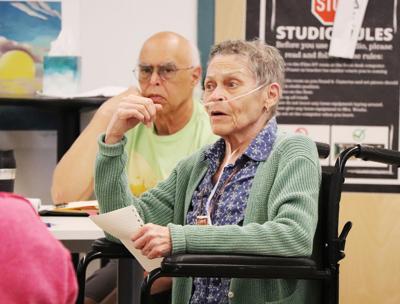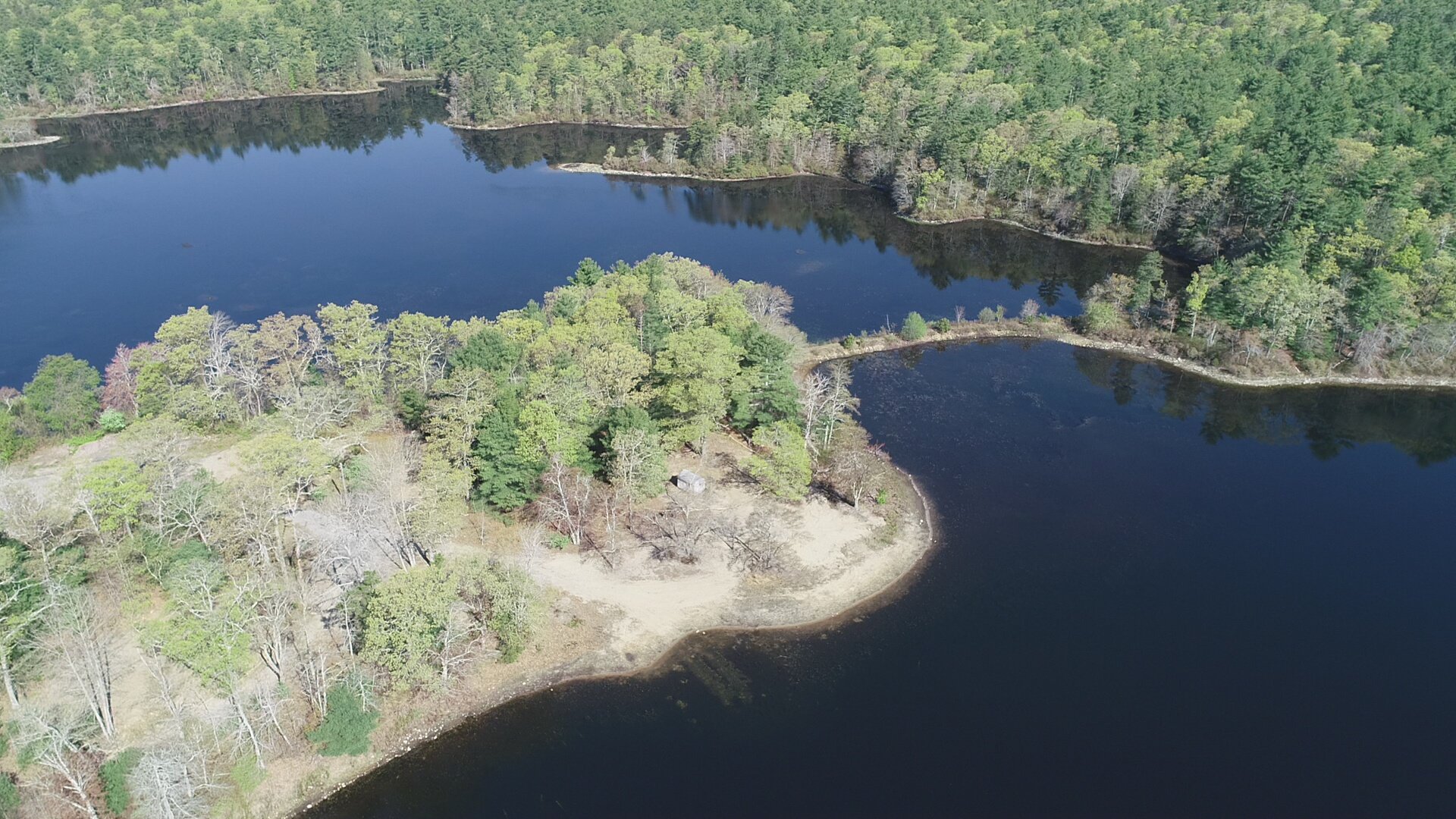
Unearthing Ancestral Echoes: A Journey to Plimoth Patuxet on Wampanoag Lands
Forget the glossy brochures of quintessential New England charm. While the coastlines are breathtaking and the clam shacks legendary, there’s a deeper, more profound story etched into the very soil of southeastern Massachusetts – a narrative that predates cobblestone streets and colonial architecture by millennia. This is the heart of Wampanoag ancestral lands, a territory stretching from present-day Cape Cod to parts of Rhode Island, and inland to the Great Cedar Swamp. For the traveler seeking not just scenic beauty but profound historical understanding, a journey to these lands, specifically to Plimoth Patuxet Museums in Plymouth, Massachusetts, offers an unparalleled, often challenging, and ultimately essential experience.
This isn’t just a review of a historical site; it’s an invitation to confront history, to listen to voices long marginalized, and to walk in the footsteps of those who called this land home for over 12,000 years. Plymouth, famous for the Mayflower and the Pilgrims, sits squarely on what was once Patuxet, a thriving Wampanoag village. Plimoth Patuxet Museums, formerly Plimoth Plantation, has evolved into a place that strives to tell a more complete, nuanced, and uncomfortable story: that of the Indigenous Wampanoag people and the English colonists whose lives intertwined and clashed in the 17th century.
The Land Before the Landing: Patuxet, A Wampanoag Homeland
Before diving into the museum experience, it’s critical to understand the landscape and the people. The Wampanoag, whose name translates to "People of the First Light," were a sophisticated confederation of over 69 distinct tribes, numbering in the tens of thousands, thriving across this fertile coastal region. Their lives were intimately connected to the seasons and the rich resources of the land and sea. They cultivated crops like corn, beans, and squash (the "Three Sisters"), fished the abundant waters, hunted deer and fowl, and harvested shellfish. Their villages were strategically located near water sources, and their social structures were complex, guided by sachems (leaders) and spiritual elders.
Patuxet itself was a vibrant Wampanoag community for centuries. The land here, with its rolling hills, access to fresh water from Town Brook, and proximity to the bountiful ocean, provided an ideal environment. It was a place of innovation, community, and deep spiritual connection to the earth. When the English arrived in 1620, they encountered a landscape that, though seemingly "wilderness" to their European eyes, was in fact a meticulously managed and culturally rich homeland. The devastating plagues introduced by earlier European contact had decimated the Patuxet population, leaving the village largely abandoned by 1620 – a tragic precursor to the complex relationship that would unfold.
Plimoth Patuxet: A Dual Narrative Unveiled
Plimoth Patuxet Museums is unique in its deliberate attempt to present two distinct, yet interconnected, 17th-century communities side-by-side: the Historic Patuxet Homesite and the 17th-Century English Village. This curatorial choice is powerful, forcing visitors to engage with both perspectives and understand the dramatic cultural clash and collaboration that defined early colonial history. It’s a journey that challenges the simplistic narratives often taught in textbooks, inviting a deeper, more critical examination of "first encounters."

The Historic Patuxet Homesite: Listening to the Original Voices
Stepping into the Historic Patuxet Homesite is a profound shift in perspective. Gone are the quaint narratives of Pilgrims and Thanksgiving. Here, you are immersed in the daily life and enduring culture of the Wampanoag people. The site is a living exhibit, meticulously researched and constructed to reflect a 17th-century Wampanoag village. You’ll find wetuash (dome-shaped houses made of saplings and bark) and longhouses, traditional gardens flourishing with the "Three Sisters" crops, and the tools and implements used for hunting, fishing, and food preparation.
What truly elevates this experience is the presence of Wampanoag staff. These are not actors in costumes but contemporary Wampanoag people, descendants of the very communities whose history is being shared. They are fluent in their language (Wôpanâak), skilled in traditional crafts, and deeply knowledgeable about their ancestral ways. They engage visitors in conversation, sharing stories, demonstrating skills, and answering questions from their own cultural perspective.
This direct interaction is invaluable. You might learn about the intricacies of wampum making, the spiritual significance of a particular plant, or the challenges of preserving their language and traditions in the modern era. They speak not just of the past but of the present and future of the Wampanoag nation. It’s an opportunity to hear history directly from those whose ancestors lived it, to understand their resilience, their spiritual connection to the land (Askôonix), and their ongoing fight for sovereignty and cultural preservation. This isn’t just a historical reenactment; it’s an affirmation of enduring cultural identity and a vital lesson in decolonizing history. The narratives shared here are often nuanced, sometimes painful, and always authentic.

The 17th-Century English Village: A Glimpse into the Colonial Struggle
A short walk from the Patuxet Homesite lies the 17th-Century English Village, a meticulously recreated settlement that transports you to the year 1627. Here, costumed interpreters portray actual residents of Plymouth Colony, speaking in period dialect and engaging visitors in conversations about their daily lives, beliefs, and struggles. You can explore their timber-framed houses, observe them tending gardens, preparing meals over open fires, and practicing traditional crafts like blacksmithing, carpentry, and spinning.
The village effectively conveys the harsh realities of early colonial life: the constant struggle for survival, the dependence on farming and fishing, and the deep religious convictions that shaped their world. You might hear a Pilgrim discuss the challenges of the journey, the perils of the wilderness, or their unwavering faith.
While seemingly separate, the English Village subtly reinforces the interconnectedness of the two cultures. The Pilgrims’ survival was inextricably linked to the knowledge and generosity of the Wampanoag, particularly Tisquantum (Squanto), who taught them how to cultivate native crops and navigate the unfamiliar landscape. Engaging with the English interpreters, you can ask questions about their interactions with the "Natives," often revealing their initial awe, fear, and eventual reliance on their Indigenous neighbors. This dual presentation forces visitors to consider the perspectives of both groups, to understand their respective worldviews, and to grasp the complexities of their cohabitation and eventual conflict.
Beyond the Exhibits: Reflection and Deeper Understanding
A visit to Plimoth Patuxet is more than just a tour; it’s an intellectual and emotional journey. It challenges the romanticized myths of "discovery" and "First Thanksgiving" by presenting a more complete and often uncomfortable truth. You leave with a profound appreciation for the Wampanoag’s deep connection to their ancestral lands and their enduring spirit. You also gain a more empathetic understanding of the Pilgrims’ struggles, while simultaneously questioning the ethical implications of their settlement on already occupied territory.

The museum masterfully demonstrates that history is not a static, singular narrative but a complex tapestry woven from multiple perspectives. It encourages critical thinking about how history is told, who tells it, and what stories are often left out. The Wampanoag perspective, in particular, highlights the resilience of Indigenous cultures and the ongoing importance of their voices in shaping our understanding of the past and present. It underscores that the land itself holds memory, and those memories are alive and well in the Wampanoag communities today.
Practicalities and Why This Journey is Essential
Plimoth Patuxet Museums is located just a few miles south of downtown Plymouth, Massachusetts, easily accessible by car. Allow a full day, if not more, to fully immerse yourself in both sites and take advantage of the various demonstrations and interpretive talks. The best times to visit are spring and fall, when the weather is pleasant and the crowds are manageable. Wear comfortable walking shoes, as you’ll be covering a good deal of ground.
For the conscious traveler, for the history enthusiast, for anyone seeking a deeper understanding of America’s origins, a visit to Plimoth Patuxet on Wampanoag ancestral lands is not merely recommended – it is essential. It’s a powerful reminder that the story of this nation began long before 1620, and that the original inhabitants of this land continue to thrive, to teach, and to share their enduring legacy. It’s a journey not just through time, but into the heart of a living culture, offering lessons in resilience, respect, and the vital importance of listening to all voices in the chorus of history.
By stepping onto these ancestral lands, you are invited to bear witness to a story that is both ancient and ever-present, a testament to the enduring spirit of the Wampanoag people and the profound narratives etched into the very fabric of this remarkable place. It’s a travel experience that transcends tourism, transforming into a pilgrimage of understanding and respect.



